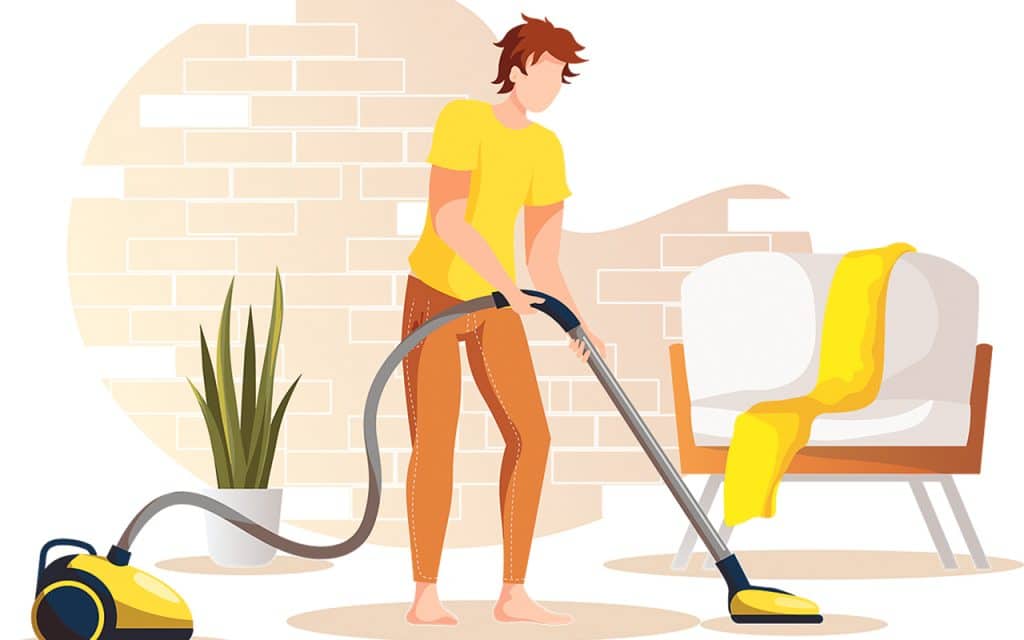October is breast cancer awareness month and with statistics stating that one in seven women in Ireland will be diagnosed with breast cancer in their lifetime, it is a rare person that has not had their life touched by it in some way, either personally or through someone they love developing it.
With this in mind and given that this edition is all about winter wellness, I thought it would be fitting to write about the importance of the role exercise plays both in preventing cancer and in managing it should it arise.
In my last article I spoke about how important it was to develop a healthy fitness routine and certainly the weather over the last month was a gift, providing us with plenty of opportunity to get out and exercise, I hope we all had the privilege to do so. It can be hard when we are busy or have too many commitments in our lives and the truth is, as women, we are often too busy putting other’s needs before our own. But when it comes to the role of exercise in cancer prevention, this is an aspect of self- care we really should place top of our list.
While the factors that affect your chances of developing cancer at some stage of your life are multiple and varied and there are factors out of our control in certain cancers, such as our genetics or exposure to environmental pollutants; there are many cancers that lifestyle factors play a role in. So what we eat and how we exercise really influences risk.
Probably the single most important thing you can do to help prevent breast cancer is exercise, only superseded by giving up smoking.
It is known now that there are 13 different cancer types where obesity amplifies the risk. Breast cancer is one such, particularly in post-menopausal women. However, using the broad definition of obesity here can be misleading, as it is insulin resistance that is the driver for cancer cell growth. And remember you can be thin on the outside and fat on the inside and appear healthy but be at as much risk as someone in the obese category.
Remember, it is the presence of visceral fat which is our greatest health risk in the development of all disease. A simple and effective way to check whether or not your excess fat stores are problematic, is to measure your waist and height. If your waist is more than 50 per cent of your height, your risk increases for many metabolic diseases including certain cancers and action needs to be taken.
The good news is that the risk of developing breast cancer may be significantly reduced through exercise. So far, data has only been returned for the benefits of aerobic exercise, as not much research has been done on the association of strength training and cancer prevention. So when I’m referring to exercise here, I mean the type that uses the body’s large muscle groups in a repetitive way that increases heart rate, such as: walking, cycling or swimming. Not only does exercise help prevent these types of cancer but should you develop them, exercise can effect a 50 per cent reduction in the recurrence of the cancer and a 50 per cent reduction in mortality.

It stands to reason however that as we increase our muscle mass through strength training we will increase our myokine levels – these are the cellular proteins generated when we move our muscles. Myokines dampen down excessive cytokine proteins, an oversupply of which stimulate the growth of blood vessels, which can supply tumours causing them to grow. Regular moderate exercise promotes and sustains the repeated release of these myokines and may therefore inhibit the growth of cancer.
And here we come to an additional benefit of aerobic exercise specifically in regard to cancer metastasis. This is where cancer cells break off from the original site of the cancer and circulate in the blood before finding another site to develop. This is when the cancer “comes back”.
Breast cancer can be particularly prone to metastasis with 20-30 per cent of women diagnosed with early-stage breast cancer going on to develop secondary cancers. Aerobic exercise, and here it must be stressed, moderate to high intensity aerobic exercise produces an effect in the circulatory system known as the ‘shear force’ mechanism, which put simply, is the strength of the blood flow, as it pushes through the system. Free floating cancer cells on the look-out for suitable sites to set up camp, attach to surfaces using very basic mechano-receptors much like stickle bricks. These cells can be easily swept away by forceful blood flow. So, exercise that gets your heart pumping dramatically lowers the level of these free-floating cancer cells.
So how much exercise should we take?
The prescription is 300 minutes of moderate exercise weekly. Moderate exercise means you raise your heart rate, breathe faster and feel warmer, so a brisk walk for 40 minutes might be your prescription. All forms of aerobic exercise are beneficial though. Also included would be heavier household chores such as vacuuming, scrubbing or mopping and of course gardening. If time is a factor, as it is for so many of us, you could break your 40 minutes into smaller bites such as a twenty minute walk after a meal twice a day. Exercising directly after a meal has the dual benefit of lowering insulin levels, as well as providing the vital shear force necessary to clean your blood. There are many ways to include exercise but the key aspects in relation to cancer prevention and/or recovery is intensity, duration and regularity.
I would add in here that some form of flexibility exercises or stretching is important, pilates or yoga classes are excellent but you can also find lots of material online these days to help you stretch and move.
Stiff, tight connective tissue restricts healthy blood flow, which in turn reduces the effectiveness of the shear force process so keeping your body supple is important. And remember where the connective tissue stiffens and dehydrates we will have pain, which can in turn prevent us from exercising. Each action flows into the other in the body system.
I hope you have managed to find your September routine and are reaping the benefits of feeling healthier as we face the darker days of winter.



